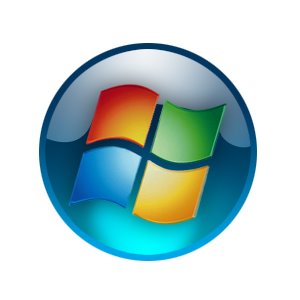An IP address (a internet protocol address) is a unique group of numbers that are separated by full stops that represent the identities to every computer using the internet protocol to communicate over a network.
How to find your public IP address
 A public IP address means that an IP address can be reached from the internet. All devices in a home network are communicating with the internet from a single public IP address. You can find your IP address in you computer's settings.
A public IP address means that an IP address can be reached from the internet. All devices in a home network are communicating with the internet from a single public IP address. You can find your IP address in you computer's settings.
People sometimes want to know the IP address of some well known websites (like YouTube) because they are unable to connect to the site by its domain name.
These are the most common IP addresses for YouTube.com:
- 208.65.153.238
- 208.65.153.251
- 208.65.153.253
- 208.117.236.69
Static and Dynamic
Your IP address can either be static or dynamic.
Static means that your IP address generally stays the same over a long period of time.
Dynamic means that your IP address changes frequently.
Use of IP addresses
IP addresses are sometimes used for tracking. Some people might want to see who has been looking at and doing things on their website, they do this by tracking their IP address.
Your IP address shows what region, city and town you're in when you're on the internet.










